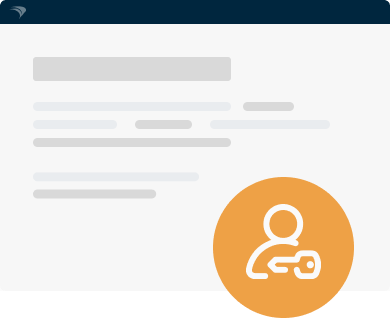Learn how to plan for future changes in devices used and managed at the K-12 level.
Integrating technology into K-12 classrooms has not been an overnight process. As Bob Hand noted recently on EdScoop, most school districts only replace devices when they are no longer useful – it’s never a full overhaul. Funding limitations, device churn and BYOD programs have often resulted in complex multi-device environments. As device types and operating systems multiply over time, managing all the settings, applications, licenses and support only adds another layer of complexity.
Managing multiple management solutions often results in oversights in license compliance, patching and maintenance, increasing both cost and risk over time. To manage the strain on IT resources, some school districts “lock in” to one device type, potentially increasing long-term costs as new opportunities become available.
Device proliferation is not going to slow down. Whether school districts are purposefully meeting educational or budgetary requirements by buying a mix of device types or are dealing with iterative device purchase decisions, it is possible to simplify the management of this shifting device landscape.
Future Proof Your Management Needs
In today’s school districts, the idea of doing “more with less” is always appealing. Adopting a multi-platform endpoint management platform can streamline your MDM needs, providing more visibility over software management, patching and updates, while also enforcing stronger security with the self-healing of required security applications and block settings for YouTube, iMessage, explicit content and more. Having a single interface for ITAM and support can also drastically reduce IT time and help ensure that problems are solved more quickly.
“If you’re doing it right, you’ve got a mobile device management tool like… FileWave,” Douglas Alexander, Warwick Public Schools for TechRepublic. “And you’ve got configuration profiles that you can push out.”
Visibility is a key ingredient in the successful management of complex device landscapes in order to ensure security and for budgeting purposes. Key information on device age, condition, installed apps, or warranty information can help influence future device purchase requirements and limit the amount of disruption that old devices can have on the educational outcomes within the classroom.
Ensuring end users have access to the resources they need each day can be challenging for IT administrators. Following the success of “self-service” models, modern classroom management tools can work with your endpoint management platform to offload many of these tasks to the classroom level, such as turning on or off profile restrictions or guiding devices into a specific application.
Technology today is a significant investment. Together we can help ensure that these investments are well-managed now and well into the future – no matter what they happen to be.

